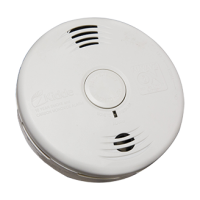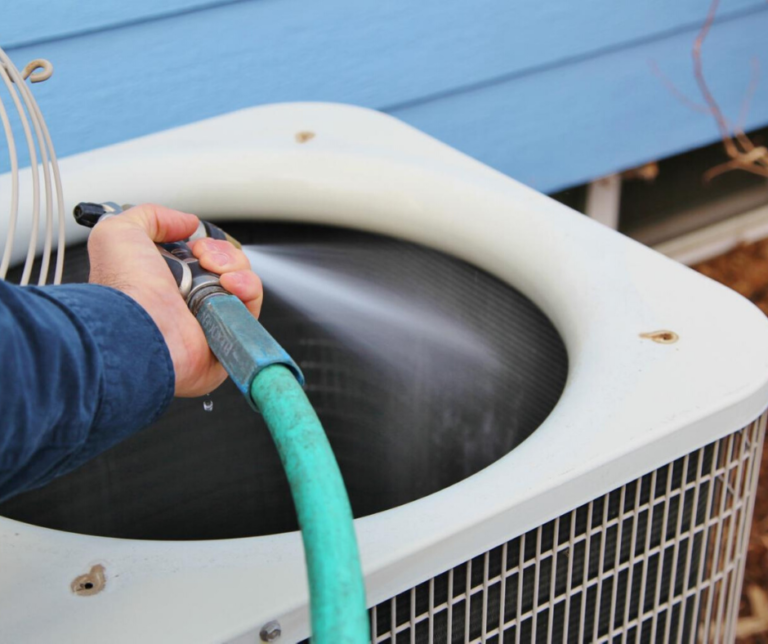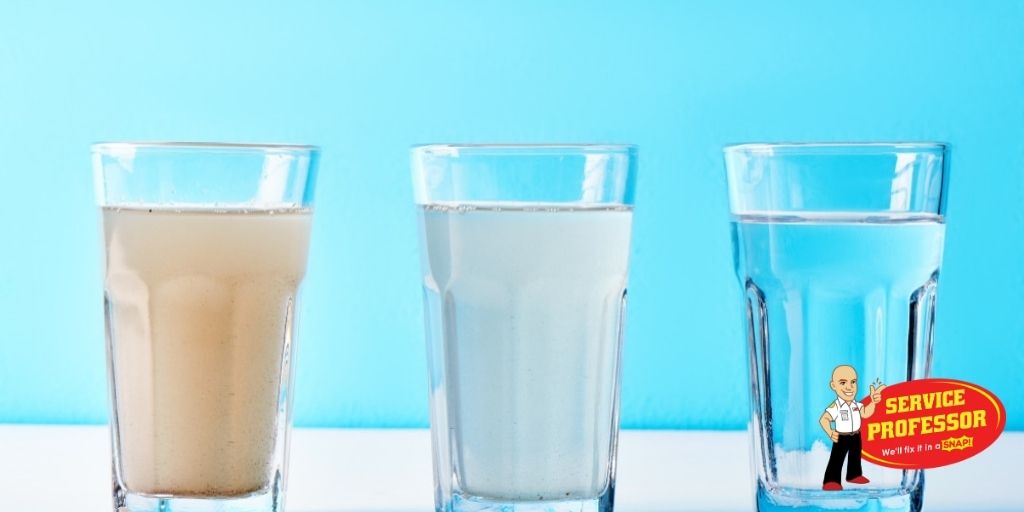Carbon Monoxide: The Cold Weather Danger
Carbon Monoxide Poisoning: A Silent Predator
We’ve all been there; we flip on the evening news and hear that another family has been lost their lives due to carbon monoxide poisoning. Perhaps these stories have even moved you to purchase carbon monoxide detectors for your home. What is carbon monoxide poisoning, and what causes it? And, more importantly, how can you protect your family from this deadly gas?
What Is Carbon Monoxide Poisoning?
Carbon Monoxide (CO) is an odorless, colorless gas found in fumes produced by burning fuel (that used in automobiles, grills, fireplaces, gas stoves, or furnaces). When inhaled at even small amounts, CO can cause illness or death as it binds to the oxygen-carrying molecules in your blood (called hemoglobin) robbing your body of much-needed oxygen. This is known as Carbon Monoxide poisoning. Symptoms of CO poisoning include: a headache, dizziness, weakness, vomiting, chest pain, confusion, passing out, and eventually death. According to the Centers for Disease Control, over 400 Americans die from CO poisoning, over 20,000 visit the emergency room, and more than 4,000 are hospitalized.
Carbon Monoxide in Your Home
Most furnaces are safe and provide your family with much-needed warmth. However, undiagnosed faults in your heating system can pose a serious risk to your home and family. Most problems arise for one of two reasons: a damaged or blocked flue or a cracked heat exchanger.
Flues: Properly functioning furnaces transfer unwanted gasses (e.g. Carbon Monoxide) out of your home and into the outdoors. However, a damaged or blocked flue can send these harmful gases into your home exposing your family and pets to dangerous CO.
Heat Exchangers: The heat exchanger in your gas furnace contains the gas combustion chamber. Circulating air passes over the heat exchanger absorbing thermal energy before it is circulated through your home. Over time, heat exchangers can crack or develop rust holes, allowing CO to enter your home.
Protecting Your Family
One of the easiest, most reliable ways to protect your family from the dangers of Carbon Monoxide is to have a certified heating professional perform an annual evaluation of your heating & cooling system. These professionals can identify and fix problems before they become worse. Many reputable companies offer a home protection plan that includes a thorough inspection of your furnace, as well as filter changes and thermostat testing every year.) Other ways to lower your risk of CO poisoning include:
- Never use your gas kitchen stove (or oven) or portable (gas) camping stove as a source of heat.
- Have your heating system, water heater, and any other gas, oil, or coal burning appliances serviced annually.
- Install a high-quality Carbon Monoxide detector in your home. Change the batteries annually, and replace the detector every five years.
Unfortunately, the risk of Carbon Monoxide poisoning in your home can’t be eliminated entirely. However, by having your home systems inspected regularly and taking some simple precautionary steps, you can significantly reduce the chance your family will be harmed by CO.
If you have questions about the safety of your heating system, contact Service Professor. Our certified technicians will perform a complete system evaluation to ensure your family stays warm, and safe, all season long.
We look forward to providing the top-rated HVAC, plumbing, and electrical solutions you need. Fill out the
form below to get started!






